Technological Innovations
Technological innovations are reshaping the Glass Forming Machines Market, as manufacturers increasingly adopt automation and smart technologies. The integration of Industry 4.0 principles, such as IoT and AI, into glass forming processes enhances production efficiency and reduces waste. For instance, automated systems can monitor and adjust parameters in real-time, leading to improved product quality and reduced operational costs. Furthermore, advancements in machine design, such as the development of energy-efficient forming machines, are likely to attract investments. The market is projected to witness a compound annual growth rate of 5.2%, driven by these technological advancements. As companies seek to optimize their production capabilities, the Glass Forming Machines Market stands to gain from the ongoing evolution of manufacturing technologies.
Growth in Emerging Markets
The growth in emerging markets is a notable driver for the Glass Forming Machines Market, as these regions experience rapid industrialization and urban development. Countries in Asia and Africa are witnessing a surge in construction activities, leading to increased demand for glass products. For instance, the construction sector in Asia is projected to expand significantly, with investments in infrastructure and housing. This growth creates opportunities for glass manufacturers to establish production facilities and invest in advanced forming technologies. As these markets develop, the need for efficient and high-capacity glass forming machines is likely to rise, driving market expansion. The Glass Forming Machines Market is thus poised to benefit from the economic growth in these regions, as companies seek to capitalize on the burgeoning demand for glass products.
Sustainability Initiatives
Sustainability initiatives are becoming increasingly pivotal in the Glass Forming Machines Market, as companies strive to reduce their environmental footprint. The glass industry is inherently recyclable, and the push for sustainable practices has led to a rise in the use of recycled materials in glass production. This trend is supported by regulatory frameworks that encourage the adoption of eco-friendly manufacturing processes. As a result, manufacturers of glass forming machines are likely to innovate and develop equipment that facilitates the use of recycled glass, thereby enhancing sustainability. The market is expected to grow as businesses align their operations with sustainability goals, potentially increasing the demand for advanced glass forming technologies that minimize energy consumption and waste. This shift towards sustainability is likely to redefine the competitive landscape of the Glass Forming Machines Market.
Customization and Flexibility
The demand for customization and flexibility in glass products is a significant driver for the Glass Forming Machines Market. As consumer preferences evolve, manufacturers are increasingly required to produce bespoke glass items that cater to specific needs. This trend is particularly evident in sectors such as packaging, where unique designs and sizes are essential for brand differentiation. The ability to quickly adapt production lines to accommodate varying specifications is crucial for manufacturers. Consequently, glass forming machine producers are focusing on developing versatile equipment that can handle diverse production requirements. This adaptability is expected to enhance market competitiveness, as companies that can offer customized solutions are likely to capture a larger share of the Glass Forming Machines Market. The emphasis on customization is anticipated to drive innovation and investment in advanced forming technologies.
Rising Demand for Glass Products
The increasing demand for glass products across various sectors, including construction, automotive, and consumer goods, is a primary driver for the Glass Forming Machines Market. As urbanization accelerates, the need for glass in architectural applications has surged, with the construction sector projected to grow at a rate of 4.5% annually. This trend is further supported by the automotive industry's shift towards lightweight materials, where glass plays a crucial role in enhancing fuel efficiency. Consequently, manufacturers of glass forming machines are likely to experience heightened demand, as they strive to meet the evolving needs of these industries. The Glass Forming Machines Market is thus positioned to benefit from this upward trajectory, as companies invest in advanced machinery to produce high-quality glass products efficiently.


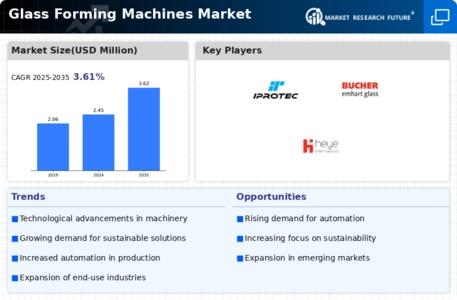
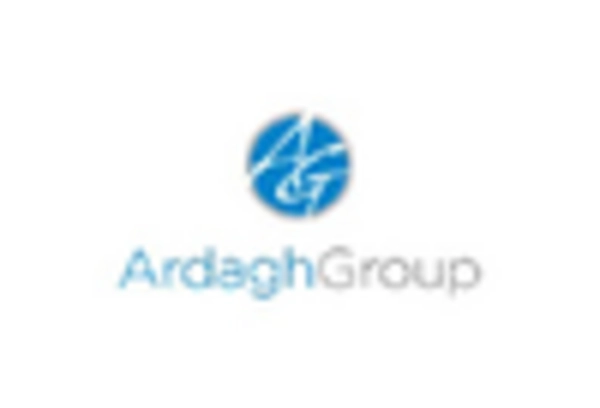
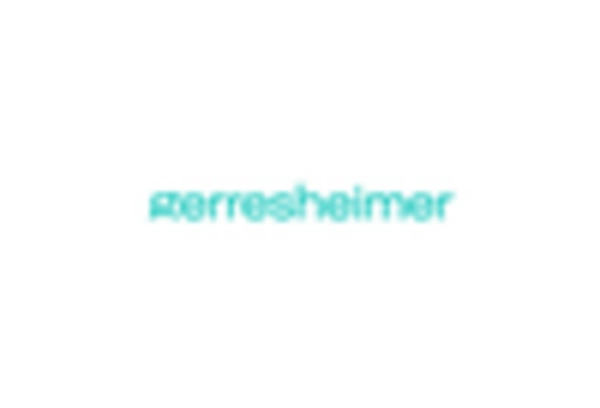
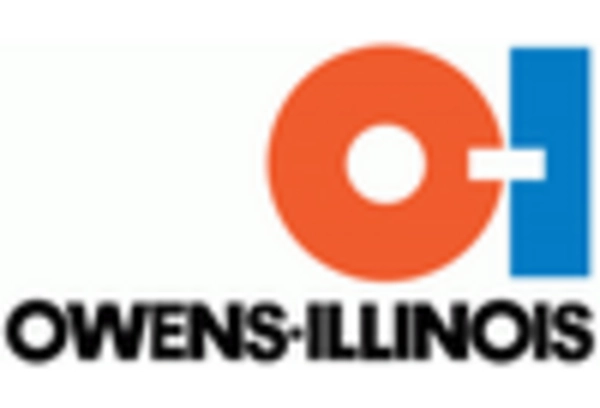


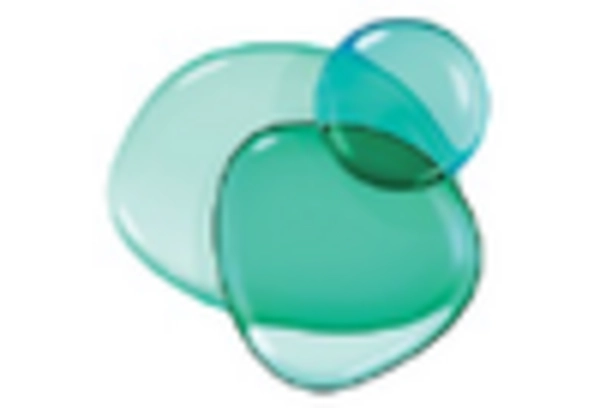








Leave a Comment